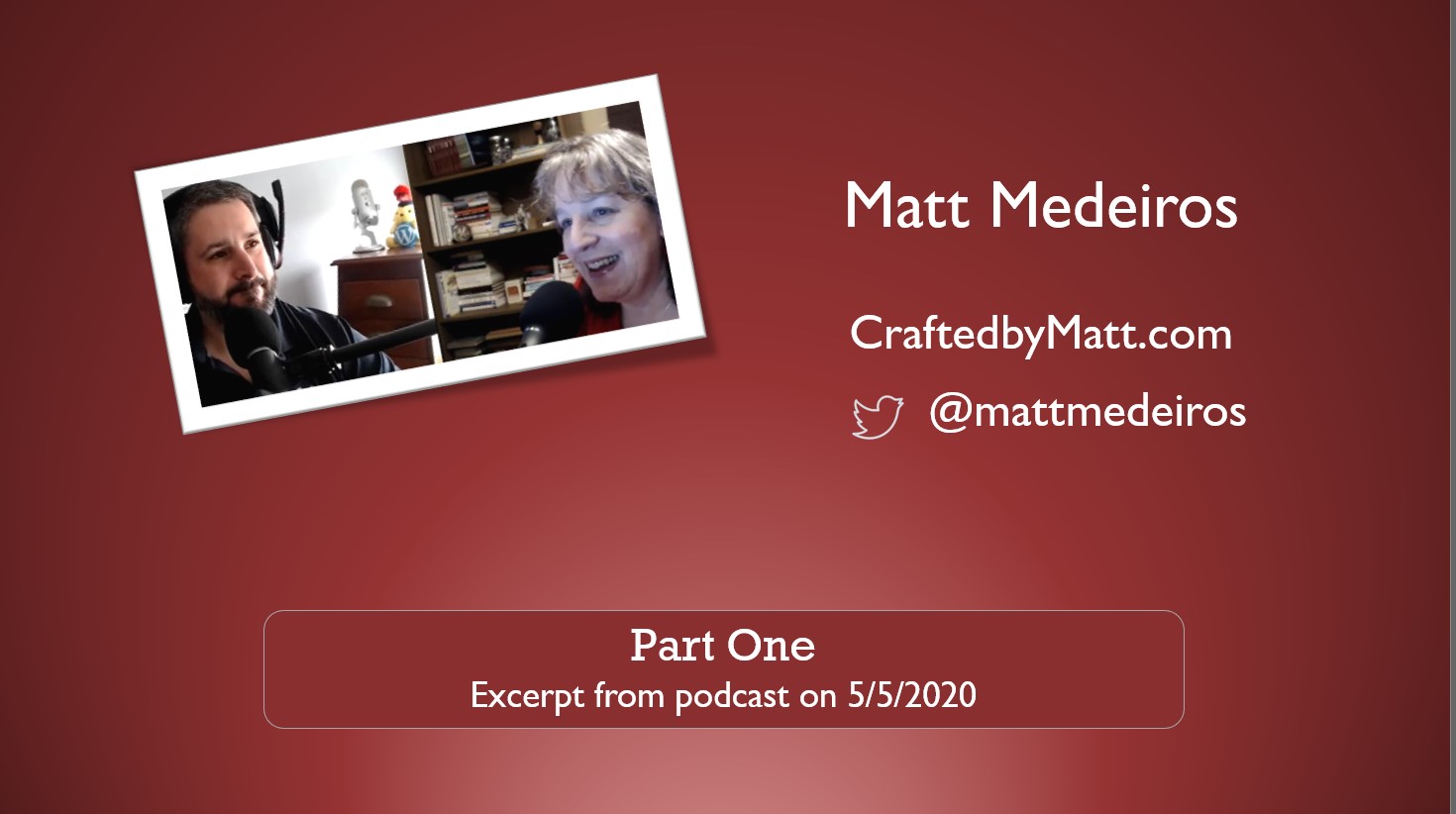
In light of shelter in place orders, those of us who have published books in the past couple of months have found it difficult to share the word about our new releases. Even without social distancing, marketing ourselves can be difficult.
I just launched The Writer’s Voice podcast, which is a forum to discuss their craft … and their books. In most cases, I will also post YouTube videos of each guest. I’m currently in the process of interviewing and recording my first five guests and plan to air the first episode on Wednesday, May 27th.
If you are interested in being a guest on the podcast, visit my website’s Podcast page and complete the request form.
Feel free to share this post with any writers you know!





